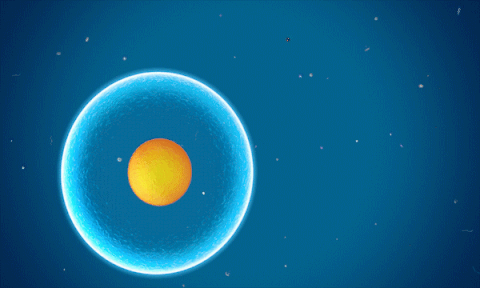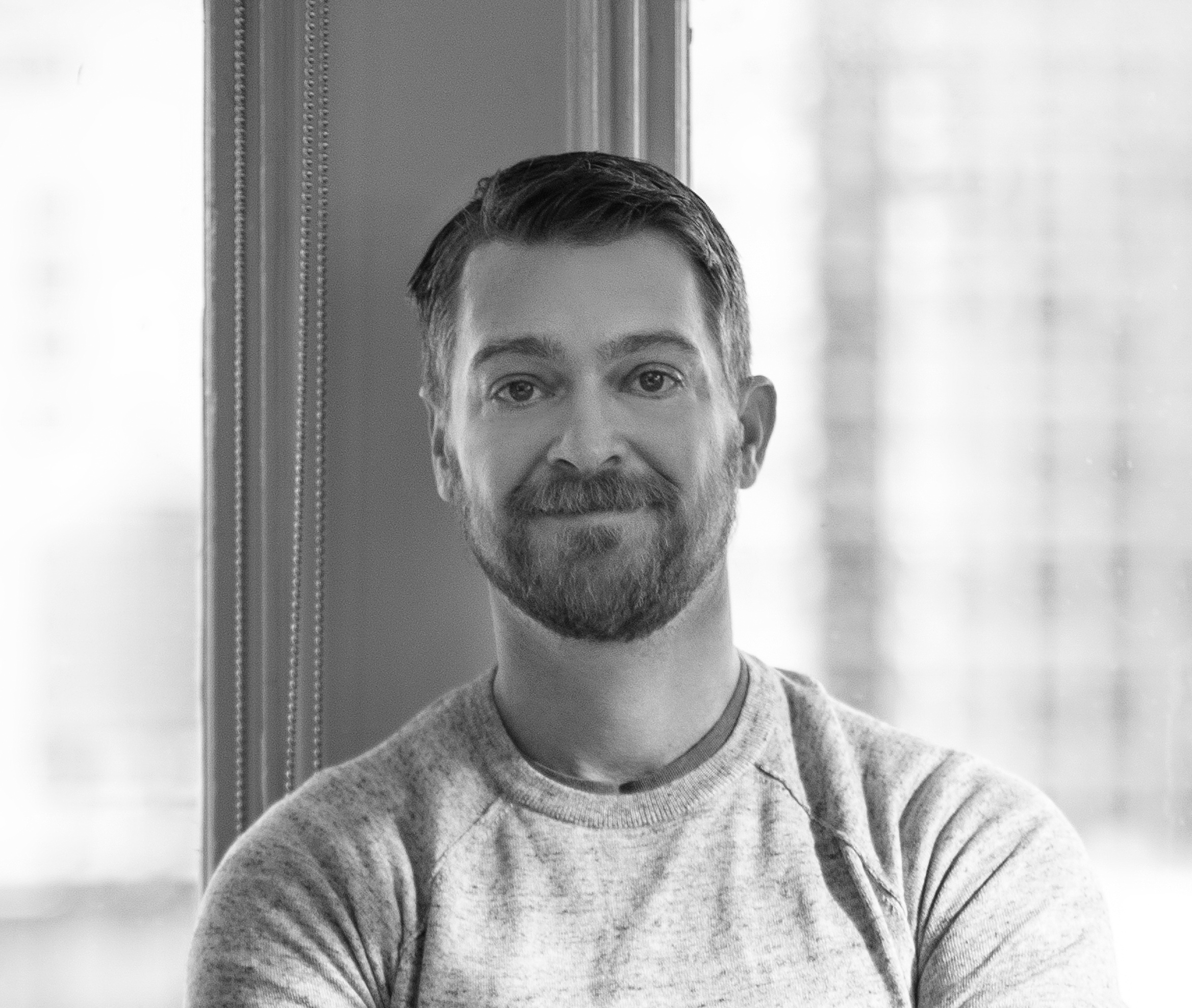One of the most valuable lessons from the Financial Crisis was that banks don’t lend their reserves to non-banks in the way that the textbook money multiplier implied. This had important implications for inflation since it meant that there was little to no risk of high inflation from the Fed’s “QE money printing” because it was operationally impossible for those reserves to leave the banking system and cause more money to chase fewer goods. Thinking of QE as an “asset swap” was a useful distinction during the GFC and COVID because it became clear that the real “money printing” is done mostly by the US Treasury when deficits are run and the Fed just changes the composition of those newly printed bonds to reserves after the fact. But it was also crucial to understand that banks don’t take
Topics:
Cullen Roche considers the following as important: Most Recent Stories
This could be interesting, too:
Cullen Roche writes Understanding the Modern Monetary System – Updated!
Cullen Roche writes We’re Moving!
Cullen Roche writes Has Housing Bottomed?
Cullen Roche writes The Economics of a United States Divorce
One of the most valuable lessons from the Financial Crisis was that banks don’t lend their reserves to non-banks in the way that the textbook money multiplier implied. This had important implications for inflation since it meant that there was little to no risk of high inflation from the Fed’s “QE money printing” because it was operationally impossible for those reserves to leave the banking system and cause more money to chase fewer goods. Thinking of QE as an “asset swap” was a useful distinction during the GFC and COVID because it became clear that the real “money printing” is done mostly by the US Treasury when deficits are run and the Fed just changes the composition of those newly printed bonds to reserves after the fact. But it was also crucial to understand that banks don’t take in reserves or deposits to make new loans (although reserves/deposits can contribute to the capital that makes lending sustainable).
This realization sparked some pretty serious controversy since so many prominent economists had been warning about the risk of high inflation from the Fed’s policies. And to make things worse, some of the narratives around this concept went too far, often implying that banks don’t need to fund their balance sheets at all (this popular piece from 2012 was meant to counter that). It’s no coincidence that MMT was becoming popular around this time as they promote narratives like “taxes don’t fund spending” which imply that certain entities don’t need capital or income to expand their balance sheets. As I will explain in this piece, everyone funds their balance sheet and that funding need not come from some central authority or pre-existing pool of money. In other words, the traditional Monetarist money multiplier is wrong, but so is the MMT idea that balance sheets need not be funded.
It’s useful to understand all of this from a capital theory of money perspective. Capital is what forms the foundation of any monetary system. As a simple example, in ancient Mesopotamia there is evidence of credit contracts where farmers would promise to enter into contracts to borrow grain and return some larger portion the next year. This is a simple economic transaction whereby some farmer has existing capital assets (the grain) and gives some of those grains to another farmer in exchange for receiving more of that asset in the future. The contract between them is “money

good” as long as someone else is willing to purchase it. In other words, the grain contract can functionally serve as money and is “endogenous” in the sense that the financial asset is created from thin air. But this financial asset is supported by existing and future expected capital (the grain). So, yes, the financial asset is what we call ex-nihilo (from nothing), but it is not really ex-nihilo in the sense that the contract relies on past, present and future production to remain viable.
One of the crucial understandings from this lesson is that the farmer making the loan has credit because he has ample capital (the grain). And he enters into this contract because he believes the other farmer has credit (the ability to sustainably borrow, repay, etc) and can build capital. As this system grows and expands the credit contracts become the money because they are almost every bit as good as the actual grain (since they’re functionally a claim on future grain). And so we can see how this system might “multiply” in a certain sense to create more credit contracts supported by existing grain and claims on future grain. But the contracts don’t “multiply” in some neat little ratio based on some fixed amount of grain contracts in existence. They can expand from thin air based on nothing more than the expected future creation of more grain.
The crucial point in all of this is that having a capital base (real assets or financial assets) creates the ability to create loans. A modern banking system is much more complex than our above example, but functionally the same in the sense that a certain amount of capital supports a certain amount of potential lending. So, a bank does not need to bring in a dollar of deposits to make a dollar of new loans. In fact, it’s the opposite – new loans create new deposits, but the bank wants deposits because they are inexpensive liabilities that help the bank earn a profit and contribute to their capital base (thereby allowing them to make more future loans). In other words, loans create deposits, but deposits also fund loans. In the context of our simple farming example, you could say that loans create grain (because they allow Farmer 2 to create more grain than we’d otherwise have) and grain creates loans (because more grain creates a larger capital base that will allow more future lending).
You can get into all sorts of chicken/egg debates about this, but it’s mostly endless semantics. The basic point is having a capital base creates the ability to create loans (and money). Importantly, this is true of everyone. Wealthy people can borrow/lend more than poor people because they have a more reliable capital base. JP Morgan can borrow/lend more than ABC Local Bank because they have a more reliable capital base. The USA can borrow/lend than Somalia because they have a more reliable capital base. And another way of saying this is that the wealthier entities in all these examples have more funding capacity. No, it doesn’t mean they need a dollar of income to create a dollar in the future. But it does mean that that income helps contribute to the capital base that makes the whole thing sustainable.
In short, capital is the foundation of credit and money expansion and every entity needs to fund their balance sheet to create the capital that makes this all sustainable.
See also:


